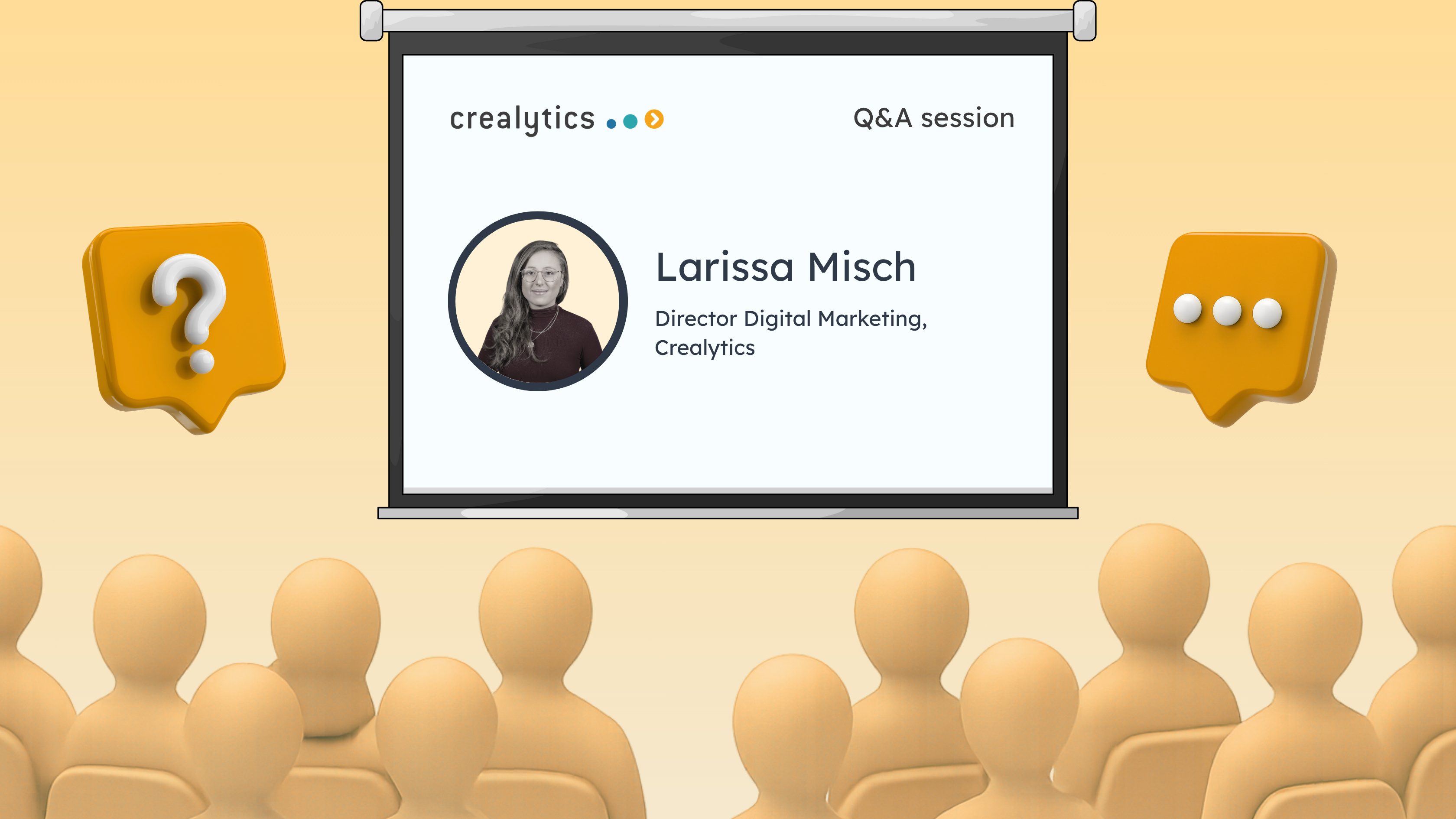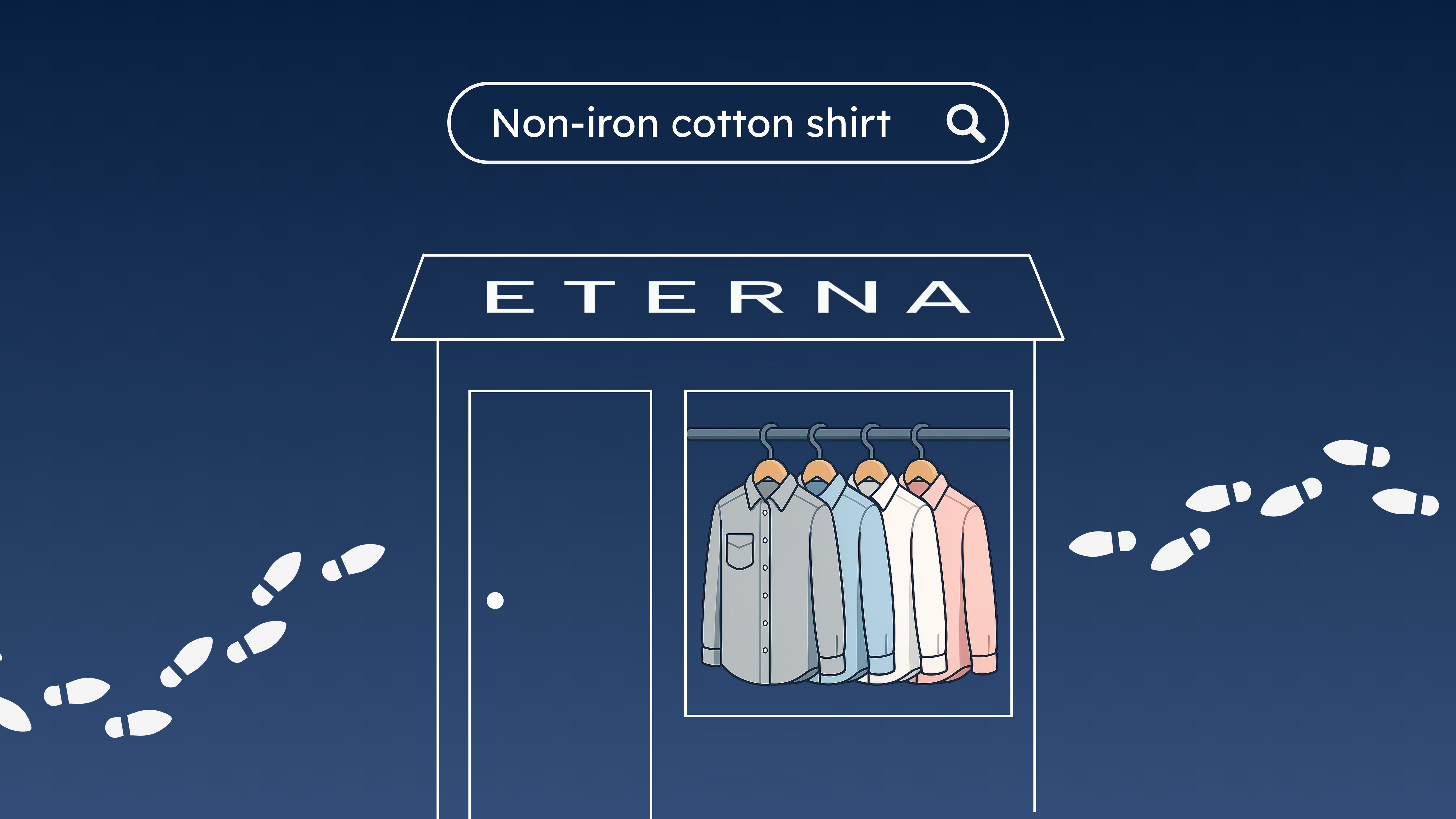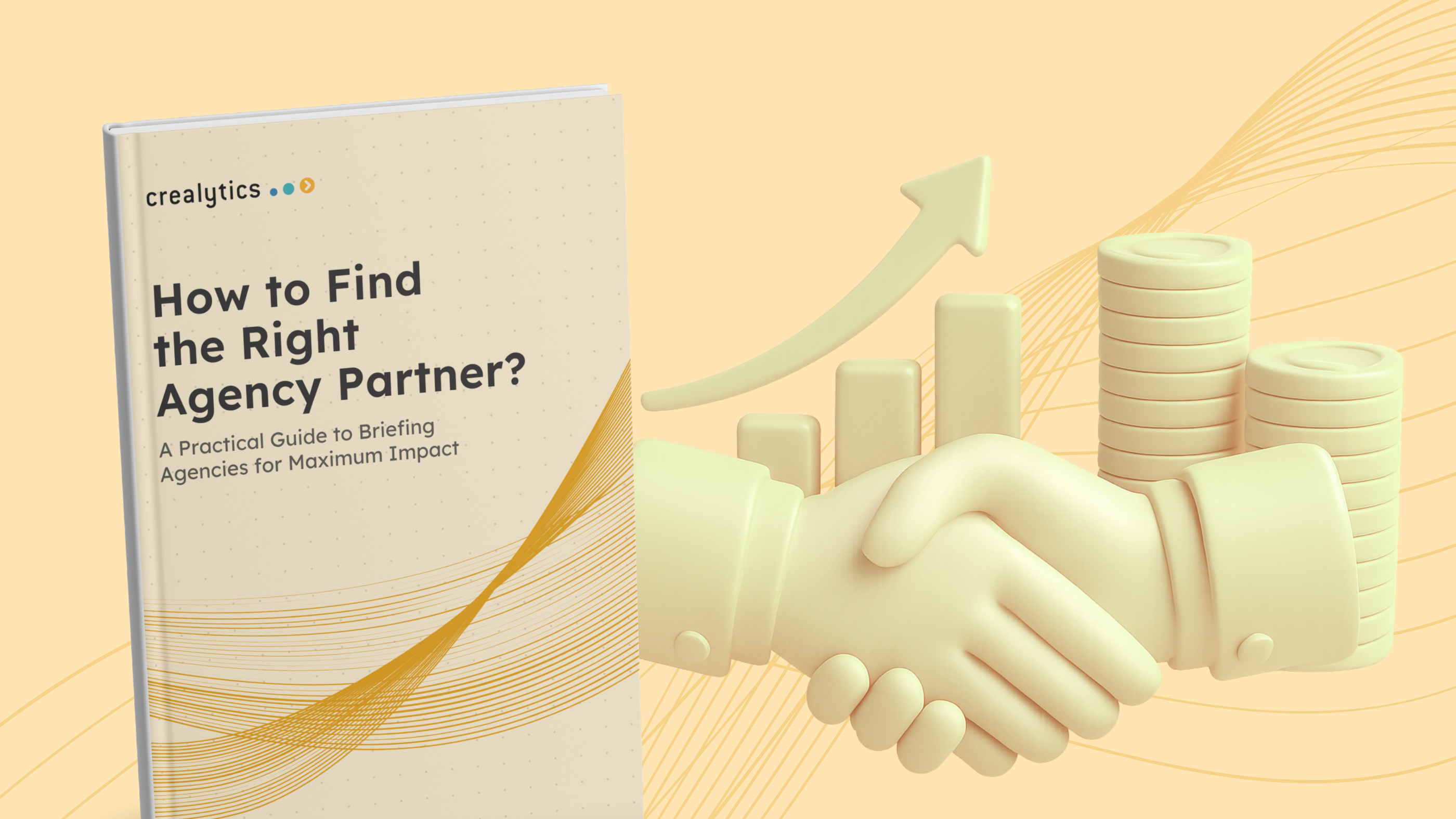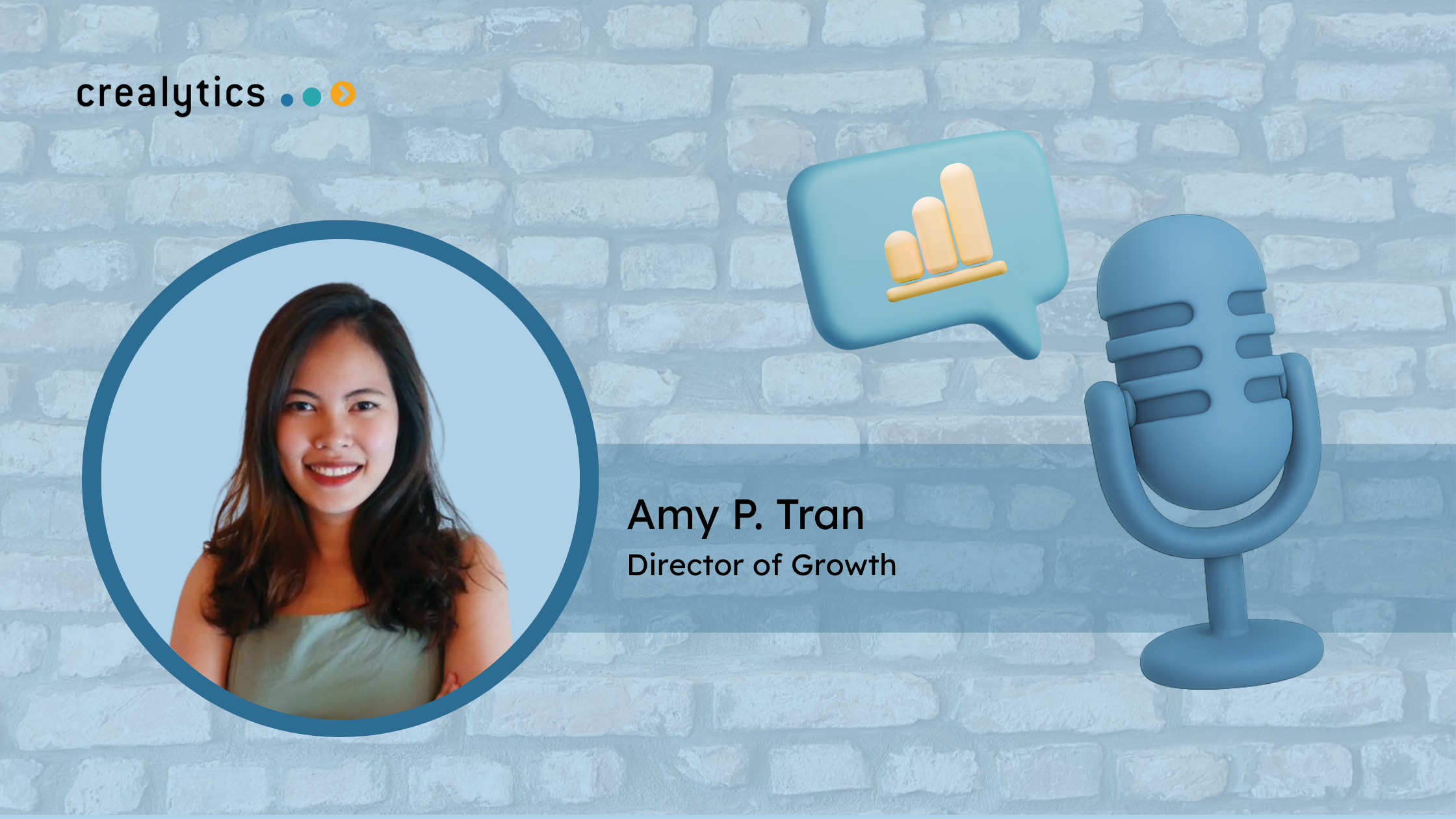Ad Fatigue in Digital Marketing: Why It Happens and How to Fix It
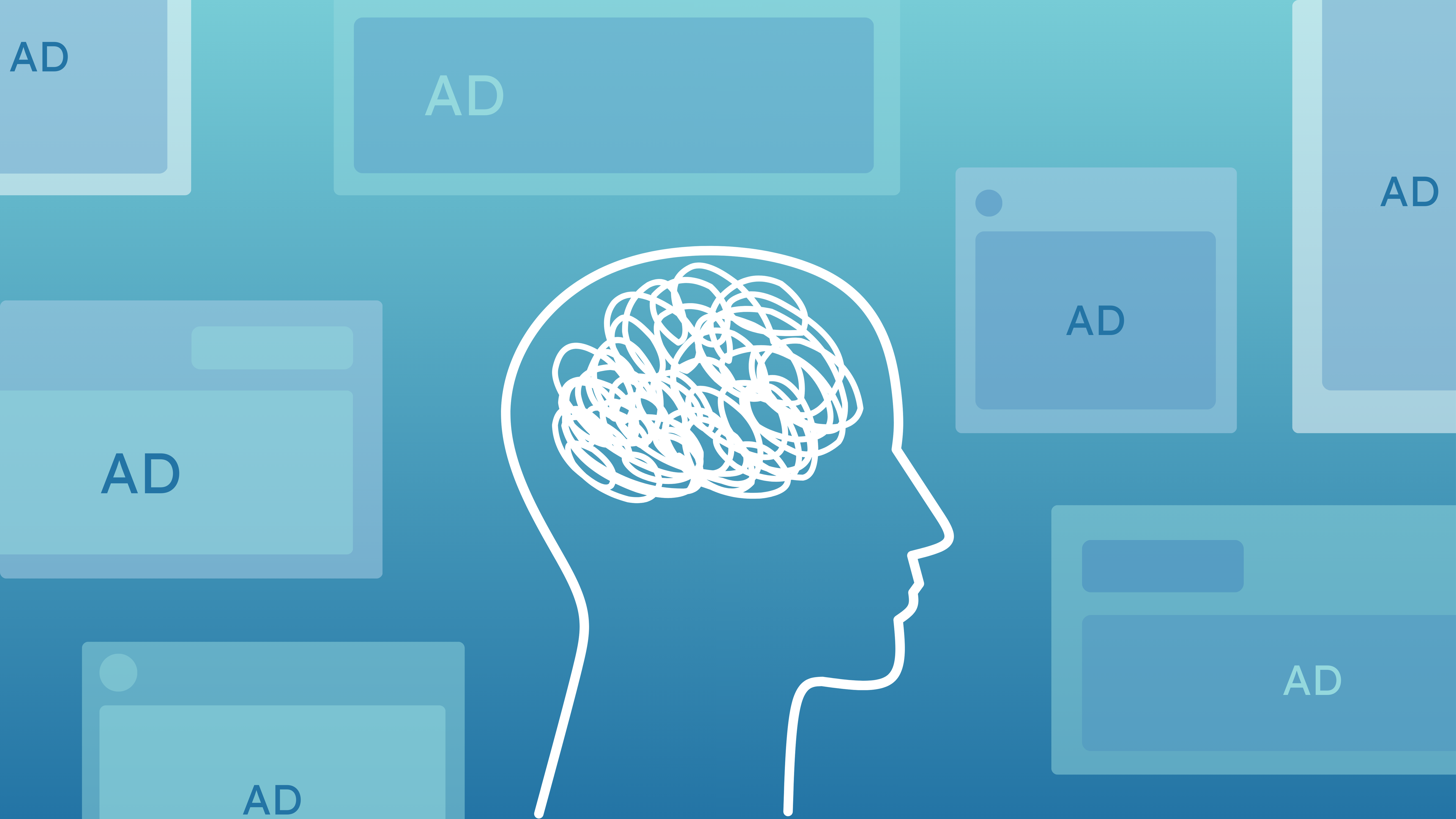
Your audience scroll through Instagram, and there it is again, the same shoe ad they saw on YouTube last night, and before that on the news site they read over coffee. By the fifth time, they are not curious anymore. They are irritated. Instead of clicking, they make a mental note to avoid that brand.
Accordingto eMarketer, 49% of consumers decided not to buy from a brand after being shown the same ad too many times. That is a staggering number when you consider how much money companies pour into winning attention. Ads meant to drive growth are instead driving people away.
This is not a minor irritation. Six in ten US adults say they are less likely to purchase from a company that bombards them with repetitive ads. For advertisers, that translates into millions of wasted impressions and millions of dollars spent on campaigns that damage relationships instead of building them.
Why Ad Fatigue Happens in Online Campaigns
Ad fatigue is rarely caused by lack of effort. Most advertisers do not intend to overwhelm their audiences. The real problem is how fragmented the digital ad market has become and how little visibility brands have across channels.
Advertising Is Split Across Too Many Platforms
Budgets are spread across CTV, YouTube, Meta, TikTok, retail media, and search. Each platform reports results in isolation. A campaign that looks balanced in one channel often piles up impressions across others. According to eMarketer, 37 percent of advertisers say they cannot manage frequency across platforms. That gap leaves consumers seeing the same ad again and again.
Frequency Caps Do Not Work Across Channels
A frequency cap on YouTube does not apply to Instagram, TikTok, or Hulu. Without cross channel controls, the same user may see an ad ten, fifteen, or even twenty times. According to MediaPost, 59% of consumers cite a negative experience when they repeatedly see the same. That negative experience builds quickly, turning what was meant to be brand reinforcement into brand rejection.
Advertisers Lack Transparency into Ad Placements
Even with high spend, brands often have no clear view of where their ads are shown or how often. According to eMarketer, in CTV, 39% of advertisers cite transparency as their biggest challenge. This not only wastes budget but also puts brand reputation at risk.
How Marketers Can Prevent Ad Fatigue
The answer is not cutting back on advertising, it is managing it with more precision. Brands that reduce fatigue focus on smarter measurement, better audience planning, and stronger creative strategies. Here are five ways advertisers can take control.
1. Unify Measurement Across Channels
Without a single view, frequency caps and spend allocation are guesswork. A unified measurement system shows where ads are running, how often people see them, and which impressions actually drive results. This gives advertisers the control needed to avoid overexposure.
2. Control Frequency Across Platforms
Set limits on how many times each user is exposed to the same ad across search, social, and CTV, not just within individual platforms. The right cap depends on campaign goals and customer journey stage: fewer exposures for broad awareness, more for retargeting - always spaced so people don’t see the same ad clustered in a short time frame. By applying these limits at the user or household level across channels, brands prevent audiences from being worn out with repetition.
3. Invest in Better Audience Understanding
Customer behaviour changes depending on where people are in their purchase journey. Some are discovering brands for the first time, others are weighing options, and a smaller group is ready to buy. Treating everyone the same leads to wasted spend and irrelevant messaging.
In our case study with a mid-luxury fashion brand, we tested Google’s Demand Gen campaigns to see where they sit in the customer journey. The data showed that Demand Gen mostly appeared in the mid-funnel (51%) and upper funnel (35%), with only 14% of conversions happening directly at the end. It also delivered the highest new customer rate - 31% higher than the average across Google Ads.
4. Refresh Creative MoreOften
Even when frequency is managed, stale creative wears people out. Rotating new formats, messages, and visuals keeps campaigns fresh and prevents audiences from feeling like they are stuck on repeat.
For instance, imagine a travel brand running the same display ad for three months. Even at modest exposure levels, click-through rates dropped sharply after audiences had seen it multiple times. When the brand refreshed its creative every four weeks, introducing new visuals, seasonal messages, and formats like short video, engagement rebounded and performance held steady. This illustrates how regular creative rotation is just as important as managing frequency when it comes to avoiding fatigue.
5. Shift Budgets Based onReal Performance
Not every channel adds equal value at every stage. By reallocating spend to the placements that prove incremental, advertisers reduce waste and focus on ads that actually move people to take action.
Read our case study on Meta ads' incremental value for acquiring new customers for a leading online pharmacy in the U.S.
Brands that Manage Exposure Smartly will Win Attention
Ad fatigue is costing advertisers more than wasted impressions. It weakens trust, lowers attention, and pushes customers away at the very moment brands are trying hardest to stay visible. Repetition without control does not build familiarity, it builds frustration.
The way forward is smarter advertising. With unified measurement, better frequency control, fresher creative, and budgets tied to real performance, brands can protect attention and spend at the same time. The ones who act now will be remembered for relevance, not repetition.
---
Want to cut wasted spend and keepyour audience engaged? Reach out to us!
Relevant insights
· Case study: Measuring for incrementality makes Dunelm’s Facebook Ads 90% more effective
· Article: Why Automation is Making Performance Marketers Lazy (And How to Fix It)?
· Article: Which Ad Channel Wins When? Your Guide to Smarter Digital Spend
About Crealytics
Crealytics is an award-winning full-funnel digital marketing agency fueling the profitable growth of over 100 well-known B2C and B2B businesses, including ASOS, The Hut Group, Staples and Urban Outfitters. A global company with an inclusive team of 100+ international employees, we operate from our hubs in Berlin, New York, Chicago, London, and Mumbai.
EXPERT INSIGHTS

